Tips for Your First Trip to Iran
Planning your first trip to Iran? Get ready for an adventure packed with ancient history, warm hospitality, and stunning landscapes.
Whether you're wandering through bustling bazaars, marveling at Persian architecture, or enjoying local delicacies, Iran offers a unique travel experience unlike any other. But with so much to take in, where do you start?
In this blogpost, we’ll share essential tips for first-time travelers to Iran—covering everything from cultural dos and don’ts to practical advice on currency, accommodation, and transportation. We’ll also clear up some common misconceptions and give you insider recommendations for making the most of your journey.
Why Visit Iran in 2024?

If you're seeking a destination that offers rich history, breathtaking landscapes, and a warm welcome, Iran should be at the top of your 2024 travel list. While many popular tourist destinations are overwhelmed with crowds, Iran remains an unspoiled treasure.
Imagine exploring the vibrant bazaars of Tehran, wandering through the stunning Nasir-ol-Molk Mosque in Shiraz, or experiencing the otherworldly beauty of the Kaluts Desert—all without the usual tourist rush.
Iran is home to awe-inspiring architecture, museums, ancient sites from powerful empires, and modern infrastructure. You'll find yourself immersed in the charm of traditional gardens, poetic cities, and captivating deserts, offering you a truly unique experience.
Plus, the real highlight? The warmth and friendliness of the Iranian people. You’ll make connections that will leave a lasting impact, offering a glimpse into their rich culture and hospitality.
Is Iran Safe to Visit in 2024?

Safety is often a top concern for first-time travelers planning a trip to Iran. While the country's political situation and its relationship with Western nations can create hesitations, the reality for visitors is generally much different from what is portrayed in the media. Iran is, in fact, a safe destination for tourists, with a low crime rate and a strong culture of hospitality.
Daily life in Iran continues as usual despite the geopolitical tensions, with locals going about their routines and welcoming travelers warmly. Cities like Tehran, Esfahan, and Shiraz offer vibrant, bustling streets filled with friendly people and rich cultural experiences. Travelers often report feeling safer in Iran than in many other popular tourist destinations.
As with any destination, it’s essential to stay informed about the current political climate and check travel advisories. Working with a local tour operator can help you understand the situation on the ground and ensure a smooth and enjoyable trip.
Tips and Tour Recommendations for First-Time Travelers
Traveling to Iran for the first time can feel both exciting and a bit overwhelming. That’s why understanding a few essential tips will help make your journey smooth and unforgettable. Let’s dive into some must-know recommendations for your Iran adventure.
Airlines and Airports

When flying to Iran, you have several options. Mahan Air and IranAir are the most popular Iranian airlines that offer international flights, providing a direct and comfortable experience.
For travelers looking for alternatives, airlines such as Pegasus and Ukraine International Airlines also fly to Iran, often with stops in Istanbul or Kyiv. The good news is you don’t need to land in Tehran. You can start your adventure in Iran from other international airports such as Isfahan, Shiraz, and Mashhad, allowing for more flexibility in planning your route.
Buy a Local SIM Card
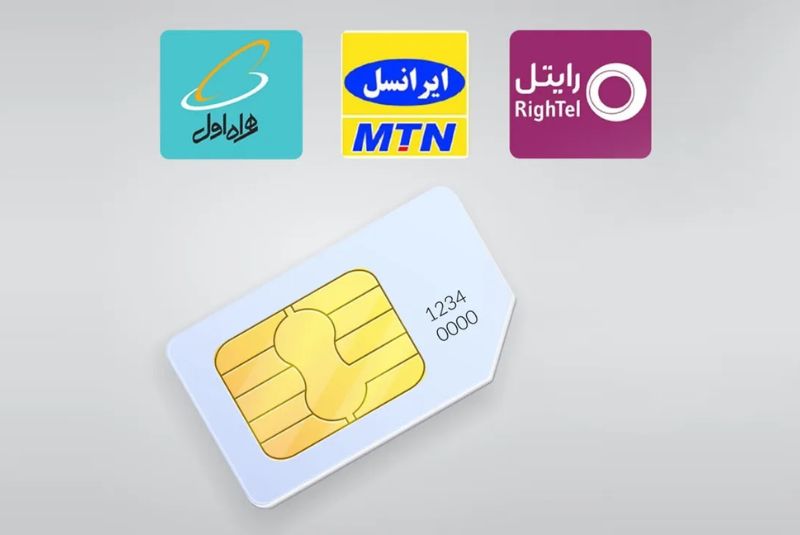
Staying connected while traveling is crucial, and purchasing a local SIM card is a smart move. Iran’s two main telecom providers, Hamrahe Aval and Irancell, offer tourist SIM cards right at the international airports. These SIM cards require your passport for registration and can easily be recharged either online via Mah-Card or by purchasing credit vouchers from local kiosks.
Most hotels and hostels offer WiFi, but having mobile data makes it easier to navigate, search for locations, and use apps like Maps on the go. Data packages are incredibly affordable and are highly recommended for seamless connectivity throughout your trip.
Download an Updated VPN
Some websites and social media platforms (such as Facebook,Instagram, Whatsapp, Twitter, and YouTube) are restricted in Iran. To access these, it’s important to download a reliable VPN before you arrive, as VPN websites are also blocked in the country. Free VPNs such as Psiphon and VPNify work well for Android and Windows users, while some paid options cost as little as $1 per month. Having a VPN ready ensures that you can stay connected to your favorite apps and platforms without interruption.
The Best Time to Visit Iran? It Depends on You!

One of the first questions any traveler asks is, "When should I go?" But when it comes to Iran, the answer is not so straightforward. Iran is vast and varied, so each season offers its own charm.
If you love vibrant celebrations, visiting during Nowruz, the Persian New Year (March 20-21), is a magical experience, filled with national festivities and traditions. But if you're not a fan of crowds, you might want to avoid this period.
Similarly, Iran’s southern regions like Kish and Bandar Abbas are fantastic winter escapes with mild weather, while the cooler north and northwest are ideal for summer trips.
Navigating the Visa Process
Obtaining a visa for Iran has become much simpler in recent years. Since 2016, travelers from over 180 countries can get a Visa on Arrival (VOA) at international airports in cities such as Tehran, Shiraz, and Isfahan. The visa typically lasts for one month, making it an easy and flexible option for most visitors.
However, travelers from countries like the U.S., Canada, and the U.K. must join guided tours to enter the country. If you're from Armenia, Turkey, or Venezuela, you're even luckier—no visa is needed!
You Won’t Need a Stamp on Your Passport
One concern for many travelers visiting Iran is the impact an Iranian visa stamp might have on future trips to certain countries, particularly the U.S. and Israel. The good news? Iran has addressed this by no longer stamping passports.
Upon request, immigration officers can issue the visa and entry stamp on a separate piece of paper, allowing you to travel without any worries about future passport checks.
Make Sure Your Insurance Covers Iran

Before packing your bags, double-check that your travel insurance covers Iran. Unfortunately, some well-known insurance companies don’t include coverage for the country.
Look specifically for insurance that mentions "Islamic Republic of Iran" by name—generic mentions of "Asia" won’t be accepted. It’s also essential to ensure all areas of Iran are covered by your policy, especially if you plan on visiting provinces like Kurdistan or Sistan and Baluchestan. These regions are typically safe for tourists, but it’s better to be prepared. If your insurance doesn’t cover Iran, you can purchase one for around $20 on arrival.
Also, if you're planning any adventurous activities like trekking or hiking, make sure your insurance plan covers those as well. Some basic policies may exclude such activities, so it’s worth upgrading your plan if you're feeling adventurous.
Bring Cash or Order a Mah Card

Unlike many countries, foreign credit or debit cards do not work in Iran. This means you’ll need to either bring enough cash to cover your entire trip or use an alternative solution like a Mah Card.
If you opt for cash, U.S. dollars, euros, and British pounds are widely accepted and easy to exchange at favorable rates. Keep in mind that Iran has two exchange rates: the official central bank rate and the open market rate, which is usually much higher. Always use exchange booths or banks for the best rates, and avoid street money changers.
For those who don’t want to carry large amounts of cash, the Mah Card is an excellent alternative. With a one-time fee of about €20, the Mah Card allows you to withdraw Iranian rials from ATMs. It’s easy to use and free of ATM fees, though there’s a small commission on online purchases.
Currency Confusion: Rial or Toman?

This can be a bit confusing for first-timers. Iran’s official currency is the Rial, but most locals refer to prices in Tomans, which are equivalent to 10 Rials. For example, if someone says something costs "70,000," they likely mean 70,000 Tomans, or 700,000 Rials. While Iran is transitioning to Toman as its new official currency, it might take a couple of years for this change to fully take effect.
Stay in Traditional Guesthouses and Ecolodges
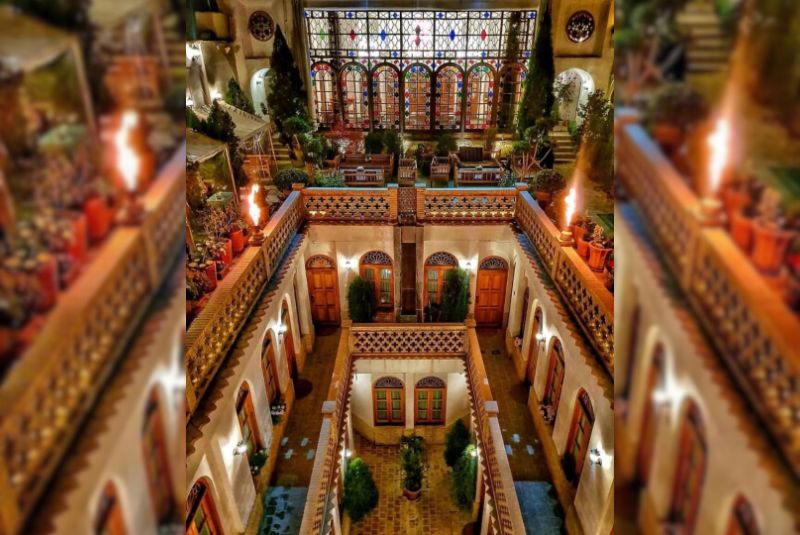
If you're looking for a more authentic experience, consider staying in one of Iran’s many traditional guesthouses or ecolodges. These accommodations offer a glimpse into the local culture, often set in historical buildings that transport you back in time.
Staying in these guesthouses helps preserve the local community and provides a unique experience that hotels simply can’t offer. Not only are these places affordable, but they also offer a genuine connection to the culture and people of Iran.
Ta’arof: A Cultural Courtesy

One unique aspect of Iranian culture is Ta’arof, a form of polite courtesy where someone may offer something for free or refuse payment as a gesture of hospitality.
However, this is often just a polite custom, so it’s common to insist two or three times before they accept your payment. Don’t worry if it feels a bit confusing at first—you’ll quickly get the hang of it!
Respect the Dress Code

Iran has specific dress codes that all travelers should be aware of, particularly women. Women are required to wear a hijab in public, covering their hair, arms, and legs. This typically means wearing a scarf and a loose-fitting coat or manteau.
If you can’t find these before your trip, don’t worry—there are plenty of options available in Iran at reasonable prices. Men, on the other hand, are required to wear long pants, though short-sleeved shirts are acceptable.
But don’t stress too much about getting the dress code perfect. Locals understand that you’re a tourist, and they’re usually quite accommodating if you need help finding appropriate clothing. Just be mindful of this rule, especially when visiting holy sites.
Weekends Are Different in Iran
In Iran, the weekend falls on Friday, not Saturday and Sunday. Most businesses are closed on Fridays, and some may have half-days on Thursdays. Keep this in mind when planning your itinerary to avoid any surprises. Some international companies, however, do close on Saturdays and Sundays to align with global business practices.
Public Displays of Affection (PDA)
Iran is an Islamic country, and public displays of affection are generally frowned upon. While it’s perfectly acceptable to shake hands, hold hands, or exchange polite cheek kisses in greeting, anything more intimate is best kept private. To avoid unwanted attention or discomfort, keep affection subtle and respectful when in public spaces.
Understanding Hand-Shaking Etiquette
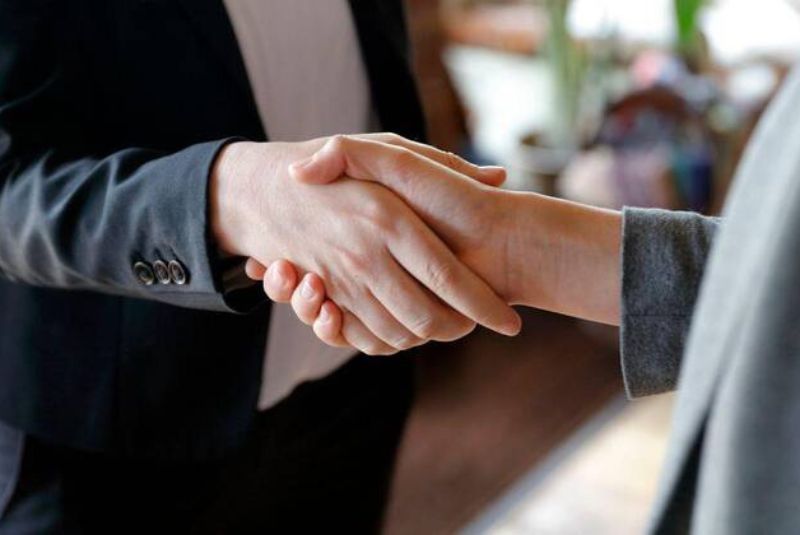
One of the trickiest aspects of social etiquette in Iran involves handshakes, particularly between men and women. While it's fine to shake hands with someone of the same sex, some Iranians—especially those who are more religious—avoid physical contact with the opposite sex.
To play it safe, wait for the other person to extend their hand or give a sign that they’re comfortable shaking hands. This respectful approach will help you navigate different social environments with ease.
Iranians Are Incredibly Hospitable

Despite any political differences between Iran and other countries, Iranian people are known for their warmth and hospitality towards all nationalities. Iranians are not only welcoming but eager to show off the beauty and culture of their country.
Don't be surprised if you’re invited for tea, a meal, or even offered assistance with directions—embrace this kindness, as it's a vital part of Iranian culture.
Be Careful with the Thumbs-Up Gesture
While a thumbs-up is often seen as a positive gesture in many countries, it can have an offensive connotation for some Iranians, especially older generations.
Younger people may be more accustomed to its Western meaning, but it’s still better to express approval with a different gesture, like the “perfect” hand signal (making a circle with your thumb and forefinger).
Respect the "No Shoes" Rule

When visiting homes or mosques in Iran, be mindful of the custom of removing your shoes before entering. Most homes and religious sites are covered with clean rugs, and it’s considered polite to leave your shoes at the entrance. If you’re not comfortable walking barefoot, it’s a good idea to carry a pair of socks with you for these occasions.
Blowing Your Nose in Public
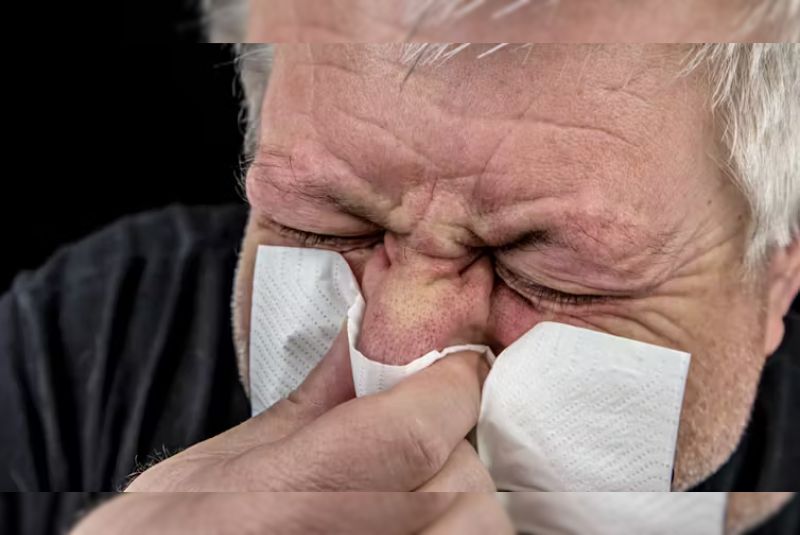
In Iran, blowing your nose in public is considered a bit rude or unhygienic, especially at the dinner table or in more formal settings. If you need to, it’s better to step away to a private area like a bathroom. However, Iranians are understanding if you’re feeling unwell, so don’t stress too much—just be discreet when you can.
Alcohol is Prohibited
Due to Iran’s Islamic laws, alcohol is illegal and won’t be available in public venues like hotels, restaurants, or bars. While there may be black market options, they’re risky and could contain dangerous substances. It's best to respect local laws and enjoy Iran’s wide variety of non-alcoholic drinks, including traditional Persian tea and herbal infusions.
Tea, Not Coffee, is the Go-To Drink
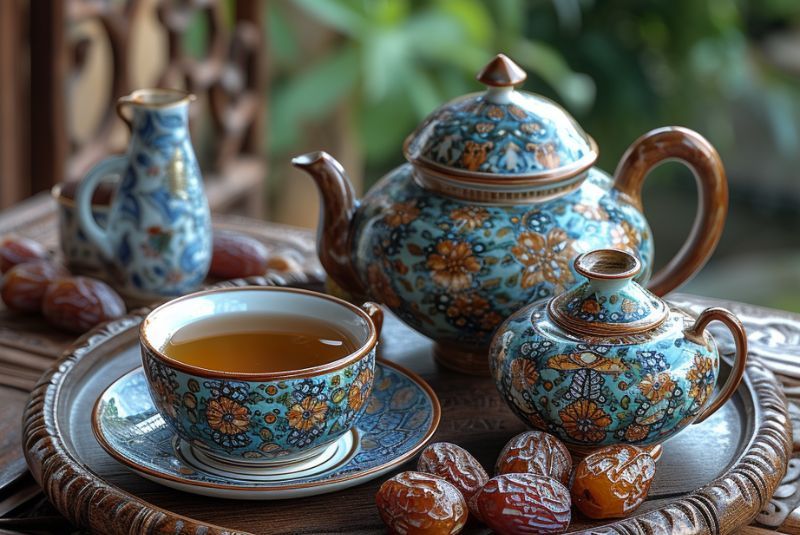
If you're a coffee lover, be prepared to embrace Iran's tea culture. Persian tea is served everywhere and is a staple of Iranian hospitality. Typically black and accompanied by sweets, it’s a must-try for every traveler.
While coffee is available in cafes, it’s not as widespread or high-quality as in some Western countries. If you’re particular about your coffee, consider bringing some instant coffee or a French press along with your favorite blend.
Navigating Food Options for Vegetarians

While Iran is renowned for its delicious kebabs, you might be surprised to find plenty of options for vegetarians. Dishes like Kuku Sabzi, Kashke Bademjan (eggplant dip), and Mirza Ghasemi are not only flavorful but also meat-free.
Lentil stews, vegetable-based soups (Ash), and hearty salads are widely available. Although Iranians are typically meat-lovers, vegetarian travelers can still enjoy a variety of traditional Persian meals.
Be Prepared for Squat Toilets
Iran often uses squat toilets in public places, though many modern hotels and homes will have Western-style toilets. It’s not as intimidating as it seems—just a different experience.
Make sure to carry some toilet paper with you as many public restrooms provide water rather than toilet paper, and remember to dispose of it in the trash bin, not in the toilet, to avoid plumbing issues.
Drinking Water is Safe

No need to spend money on bottled water in Iran. Tap water is generally safe to drink across the country, so feel free to fill up your reusable water bottle. This is both eco-friendly and convenient, especially during your tours.
Crossing the Road Requires Patience
Driving in Iran can be chaotic, with drivers often speeding and not always following the rules. When crossing the road, exercise caution and patience. Unlike some Western countries, pedestrians don’t always have the right of way, so it’s important to wait for a safe moment to cross. Be mindful of motorbikes and cars that may not stop for you.
Public Transportation & Ride-Hailing Apps
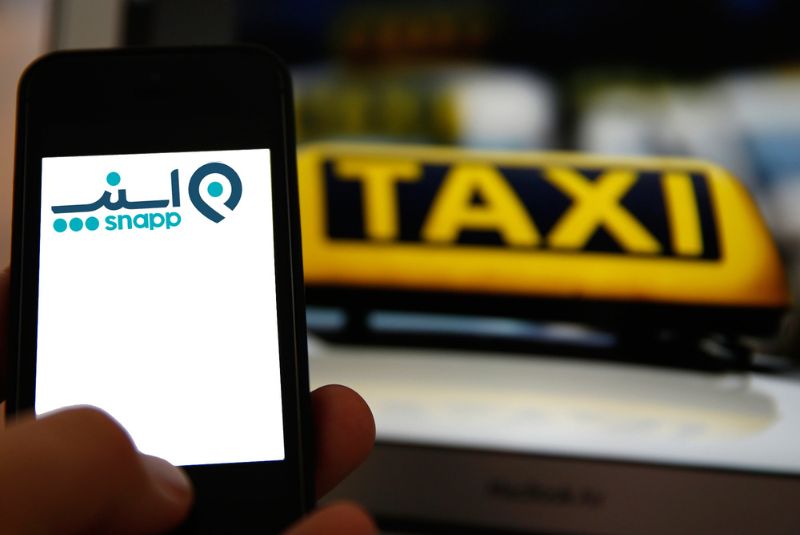
Iran’s public transportation system, especially in big cities like Tehran and Mashhad, is efficient and affordable. You can use the metro, buses, or shared taxis.
A handy tip for travelers is to download local ride-hailing apps like Snapp or Tapsi, similar to Uber. These apps are great for booking private rides and can be more convenient than hailing a taxi off the street.
VIP Buses for Long Distances
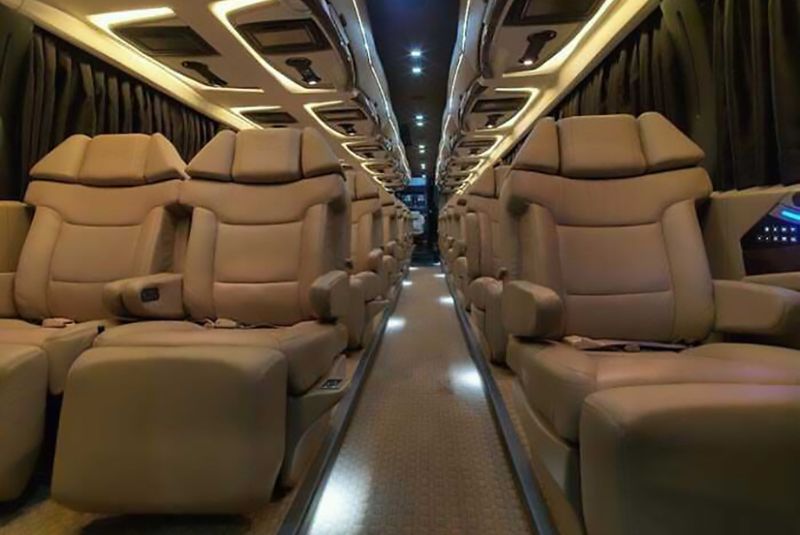
Traveling between cities is often done by bus, and VIP buses offer a comfortable and affordable way to get around. These buses have spacious seating, are air-conditioned, and some even offer refreshments. Many tourists prefer taking overnight VIP buses to maximize daytime sightseeing.
Women and Men in Public Transport
Buses and metros in Iran have separate sections for men and women. Women’s sections in buses are usually at the front, and in metro trains, the first and last cabins are reserved for women. However, women can still travel in mixed sections if they prefer.
Bottom Line
Planning your first trip to Iran is an exciting adventure filled with ancient history, stunning landscapes, and the warmth of its people. To ensure a smooth journey, this guide highlighted essential tips for navigating the intricacies of travel in this captivating country such as cultural norms, safety, and practical travel advice.
Share your story!
Comment below and let us know about your Experience.
Your story inspires others!


Comment
Leave a Comment